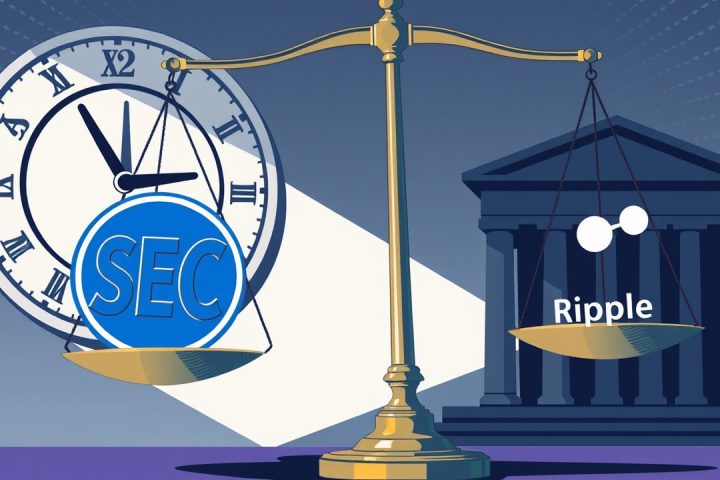The Rise of Stablecoins
The rising popularity of stablecoins – digital currencies pegged to the U.S. dollar – introduces a compelling narrative as they emerge in a landscape shaped by minimal regulatory oversight. These cryptocurrencies represent a unique intersection of technology and finance and may inadvertently serve as experimental frameworks for a potential central bank digital currency (CBDC) in the United States.
Understanding Stablecoins
Stablecoins, such as Tether’s USDT and Circle’s USDC, promise a stable value by being tied to traditional fiat currencies, particularly the dollar. This arrangement minimizes the erratic price fluctuations typically associated with cryptocurrencies like bitcoin or ethereum. These private-issued tokens, underpinned by reserves of cash and other assets, guarantee a consistent 1:1 exchange rate with the dollar. Dominating transactions in decentralized finance and remittances, stablecoins facilitate billions of dollars’ worth of exchanges daily, illustrating their growing relevance in the financial ecosystem.
The CBDC Discussion
As discussions surrounding the implementation of a digital dollar heat up, the U.S. government has been eyeing CBDCs closely. Unlike stablecoins, which operate under the auspices of private entities, a CBDC would be a direct obligation of the Federal Reserve, offering new dimensions of monetary control and oversight. Advocates highlight potential benefits, such as more efficient payment processes and increased financial accessibility, whereas detractors caution against risks to consumer privacy and potential government surveillance.
In 2022, an executive order from the Biden administration grew serious about assessing CBDC viability. Initiatives like Project Hamilton, orchestrated by the Federal Reserve, aim to understand and navigate the implications of such digital financial products.
Stablecoins as a Foundation for CBDCs
This is where stablecoins come into play, having quietly constructed an ecosystem that could be leveraged to expedite the rollout of a digital dollar. Their operations capitalize on the swift transactions enabled by blockchain technology, fostering a network that could facilitate a transition to a CBDC with relative ease. Both stablecoins and CBDCs share essential traits: both utilize digital ledgers, aspire for dollar equivalence, and rely on user trust in the issuer’s backing. Remarkably, the groundwork laid by existing stablecoins could provide the Federal Reserve with a shortcut to create a digital dollar, akin to a private sector prototype.
Legislative Implications
Legislation like the recently debated GENIUS Act has sparked discussions about using banks to issue dollar-pegged stablecoins. Critics fear this could be a veiled attempt at establishing a CBDC framework, enabling government interventions without the Federal Reserve having to issue currency directly. This could lead to enhanced oversight capabilities, with implications for individual financial privacy as a CBDC may require detailed transaction monitoring linked to verified identities.
Global Context and Future Prospects
Moreover, incorporating programmable features akin to stablecoin smart contracts into a CBDC could enable the central bank to impose monetary policies more efficiently. While skeptics argue that the decentralized nature of stablecoins undermines their capacity as CBDC prototypes, it is essential to recognize that issuers maintain significant control over the reserves backing these cryptocurrencies.
The discussion is further complicated by the global race for CBDC adoption, with China’s digital yuan already being tested. Countries like the Bahamas and Nigeria have also launched their CBDCs, putting pressure on the U.S. to keep pace. Stablecoins currently thrive in international payments where traditional systems may falter, suggesting that a cohesive U.S. response integrating these digital currencies could strengthen the dollar’s international standing.
Conclusion
Overall, as stablecoins demonstrate a remarkable capacity to navigate regulatory hurdles and capture consumer trust, the potential for them to herald a new state-controlled digital currency remains an intriguing topic. As policymakers evaluate the future of money, the distinction between private stablecoins and a central bank digital dollar could very well diminish. The ongoing evolution of Tether and USDC may not merely align with these trends but could serve as essential stepping stones in conceiving a matchless digital financial future.




